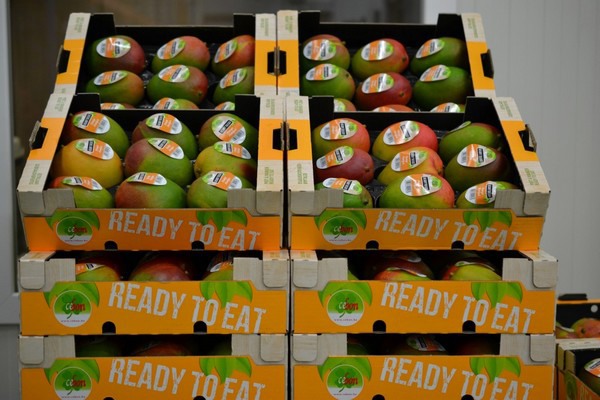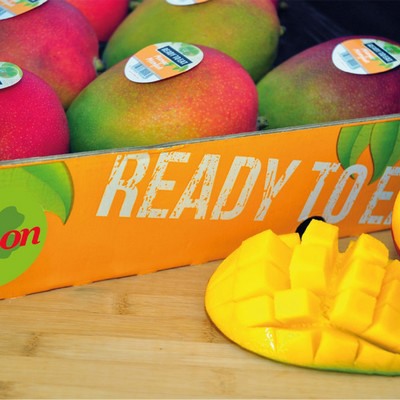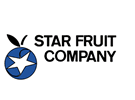The European mango market's recent supply peak seems to be slowly flattening. "The market was dramatic in the first few weeks of January," says Ive Lambert of Starfruit. "Too much was arriving, causing prices to tumble. The situation has since normalized, with the market even rising slightly."

This Belgian trader says the oversupply was not entirely unexpected. "Brazil is usually on the market around late November/early December, slowing down toward the end of that month. This year, however, Brazil was delayed, so its supply peaked in early January. That coincided with mangoes from Peru, who always supply quite substantial volumes early in the year. So having both producing countries in the market simultaneously caused prices to plummet," he explains.
"Market workings have since normalized the situation. When prices are so low, many find it interesting to put mangoes on sale, which empties the market. The Brazilian supply  dropped all at once, and there's also somewhat less coming from Peru."
dropped all at once, and there's also somewhat less coming from Peru."
"Prices are, thus, even rising a little again. But, things could hardly ever be worse than in early January," Ive admits.
He even thinks less could be arriving this and next week. "We're getting shipments from the Casma region in Peru."
"Usually, during the transition to those, fruit is still sent from Motupe to bridge the gap. Not this year. We'll still receive mangoes from Peru until late March/early April, then we switch back to Ivory Coast," continues Ive.
American mineolas
Next week, Starfruit will start getting the first American mineolas again. "This year, significantly lower volumes are coming from there. These high-quality products have always generally been one of the better mineolas. But that comes at a price, which is partly why we get so much less."
"And these days, people will often quickly reject paying those prices because, by the time these products reach store shelves, they can easily cost €3.50 to €4/kg. Many supermarkets simply no longer take the fruit at those prices. It's, therefore, citrus more for greengrocers and higher-end market vendors," Ive concludes.
For more information: Ive Lambert
Ive Lambert
Starfruit
112 Werkhuizenkaai
Brussels, Belgium
Tel: +32 (0) 224 20 876
Email: info@starfruit.be
Website: www.groupadw.be/starfruit
